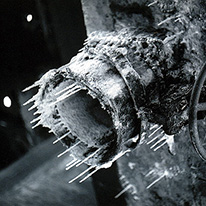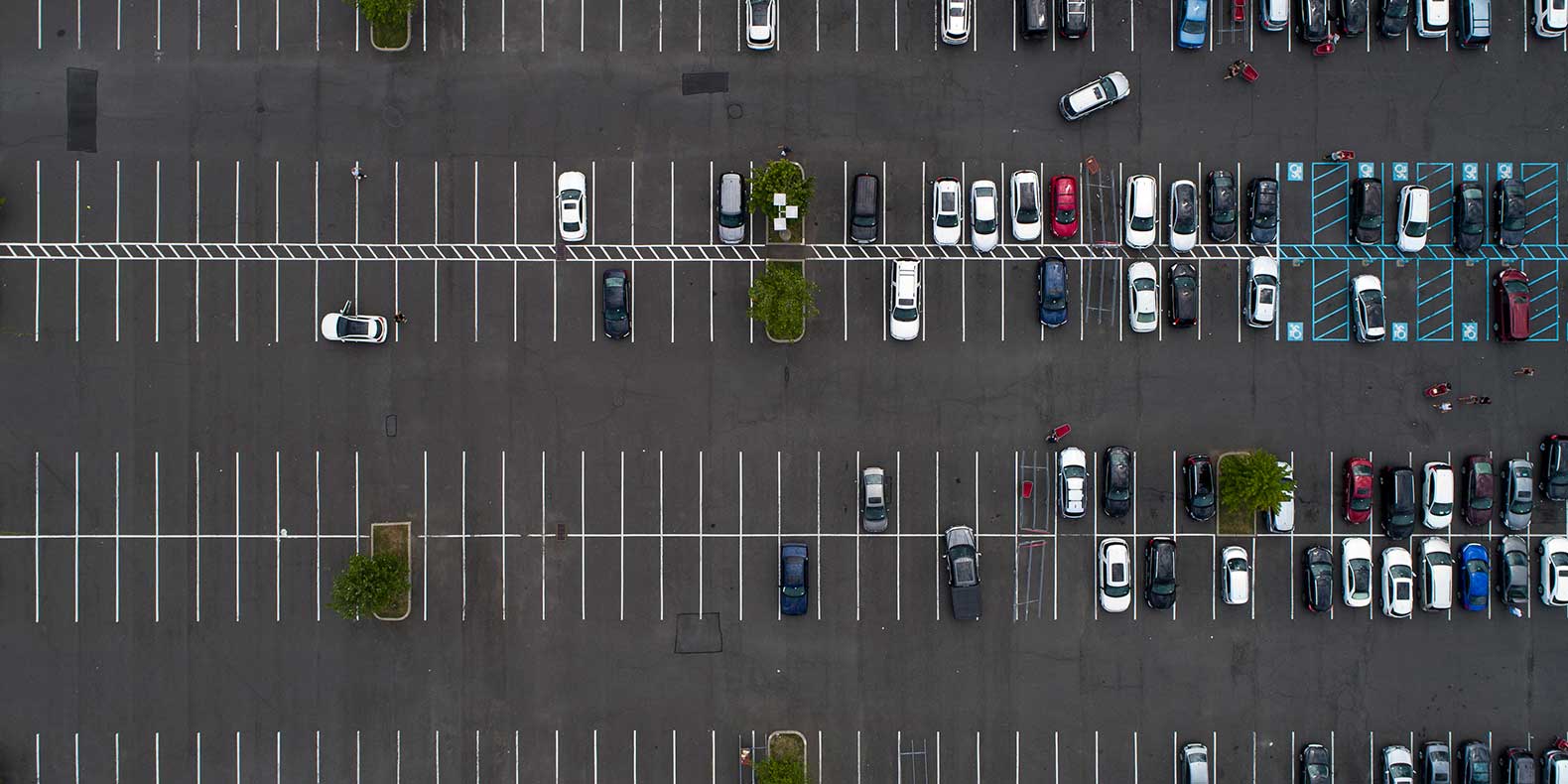This post was originally published on June 10, 2015 and has been updated for accuracy and comprehensiveness.
From city hall to local community centers, the police department, and more, all government buildings have two things in common: they serve as hallmarks to the local community and play a vital role for its citizens.
Public buildings are accessible targets for criminals as these buildings are open to everyone. While government buildings need to remain open to serve constituents, public access can threaten security. Even small security breaches can have lasting effects on a local government’s reputation, the elected leaders who operate these areas, and the community it serves.
Below are four methods government officials can implement to increase public building safety to help keep their constituents secure.
1. Protect Critical Building Infrastructure from Entry Breaches
Public structures demand stringent security measures to safeguard both the physical well-being and the trust of the people. Just because a public building is open to everyone, doesn’t mean every area should be accessible. Keep unwanted intruders out with a monitored alarm system that will dispatch authorities in an emergency.
Access control is an effective security measure to keep unwanted personnel outside of restricted areas within a public building. These systems, often combining key cards, biometrics, or electronic locks, bolster physical security and allow for precise control over who enters, ensuring the safety of occupants and assets.
Disgruntled employees or persons who have gained access to your building by approved means, such as external contractors, may pose significant insider threats. Prior to granting access to restricted areas or information, implement personnel reliability programs and ensure thorough background checks. Likewise, have video surveillance cameras in sensitive areas to deter criminal behavior.
Furthermore, ensure the building perimeter is Forced-Entry-Ballistic Resistant (FE-BR), or made from materials that are blast and force resistant. This includes fencing, doors, windows, walls, and roofs. All should be thoroughly tested and difficult to obstruct or invade.
2. Safeguard Against Fire and Carbon Monoxide
Environmental monitoring solutions like fire detection and carbon monoxide detectors are required for all federal, state, and local buildings. Carbon monoxide is an odorless gas, so it’s essential to have enough detectors to cover all areas of the building. Likewise, during a fire emergency, there are three security features that can save lives and minimize property loss:
- Heat-activated sprinklers control a fire before emergency responders arrive.
- Manual pull stations trigger alarms and visual cues to notify employees and patrons a fire has occurred.
- Duct smoke detectors shut down ventilation units and suppress smoke inhalation risks.
It’s important to update these systems about every 10 years to ensure everything works properly. Security technology evolves quickly, so newer models provide better protection and accuracy than older models. It’s always better to be proactive than reactive when it comes your fire and gas detection systems.
3. Execute Emergency Evacuation with Precision
Whether a drill or an actual emergency, government employees must be familiar with emergency alert and evacuation systems. Emergency procedures offer a structured and coordinated response to unforeseen crises, providing occupants with clear guidelines for safe exit routes, assembly points, and employee protocols to follow in times of distress. Employees should be well-versed with these protocols and know how to assist any guests during an emergency event.
Additional assistance, like alarms and visual cues, can help notify all building personnel and guests of an imminent threat. Consider granting notification access to higher-level government workers in the event of an isolated occurrence. For example, mobile alerts can notify safety personnel at the exact moment a restricted area, such as an office or safe, is accessed. In high-sensitivity areas, consider implementing a panic button, which will trigger an alarm and notify appropriate authorities, reducing emergency response times.
4. Keep Your Building Protected 24/7, 365 Days a Year
A security breach can happen at any time, which is why you always need reliable coverage. Partnering with a reputable security provider like Vector Security can significantly enhance your public building safety. We provide state-of-the-art security solutions and will work with your team to develop a security action plan that ensures your building, assets, employees, and guests are secure.
In the event of suspicious activities or security breaches, our monitoring team immediately reviews alerts, allowing for rapid intervention by security personnel or law enforcement. Our proactive approach not only deters potential incidents but also ensures any security breaches are addressed swiftly.
Want to learn how you can increase the security posture of your city and municipality buildings? Get a free assessment today.



